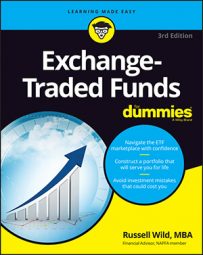Look at the performance records of these leveraged ETFs carefully before considering them. Take the ProShares Ultra QQQ ETF (QLD). The NASDAQ-100 index returned 3.28 percent a year in the three years prior to May 31, 2011.
And QLD, which promises twice the performance of the NASDAQ-100? That fund has returned 0.73 percent annually during the same period — with a boatload more volatility. (The fund lost about 73 percent in 2008!)
But to really, really appreciate the dangers of these leveraged funds, you need to look at their longer-term track record.
ProShares Ultra ETFs, like their short counterparts, have mutual fund equivalents (issued by the very same company) that have been in existence for many years. The UltraBull ProFund, for example, has been around since November 1997. Just like its ETF cousin SSO, it promises you twice the punch of the S&P 500 and operates in much the same way. Let’s see how well it has done.
Annualized return figures for the UltraBull ProFund are as follows:
One year: 25.13 percent
Five years: –5.61 percent
Ten years: –3.10 percent
Since inception: –2.21 percent
How does this compare to the SPDR S&P 500 (SPY)? Annualized return figures for SPY are as follows:
One year: 25.71 percent
Five years: 3.24 percent
Ten years: 2.57 percent
Since UltraBull’s inception: 4.3 percent
The “twice the punch” leveraged fund offers twice the volatility with much, much lower long-term returns.

